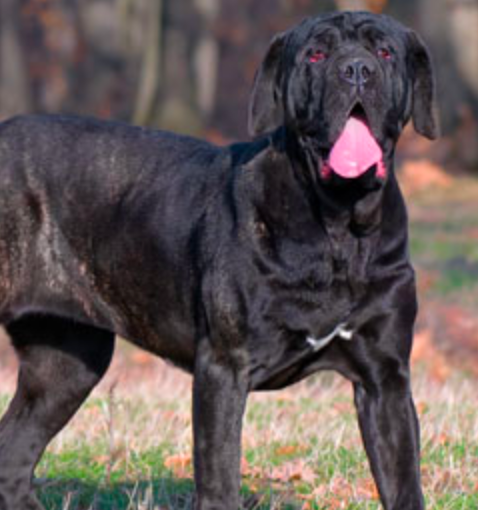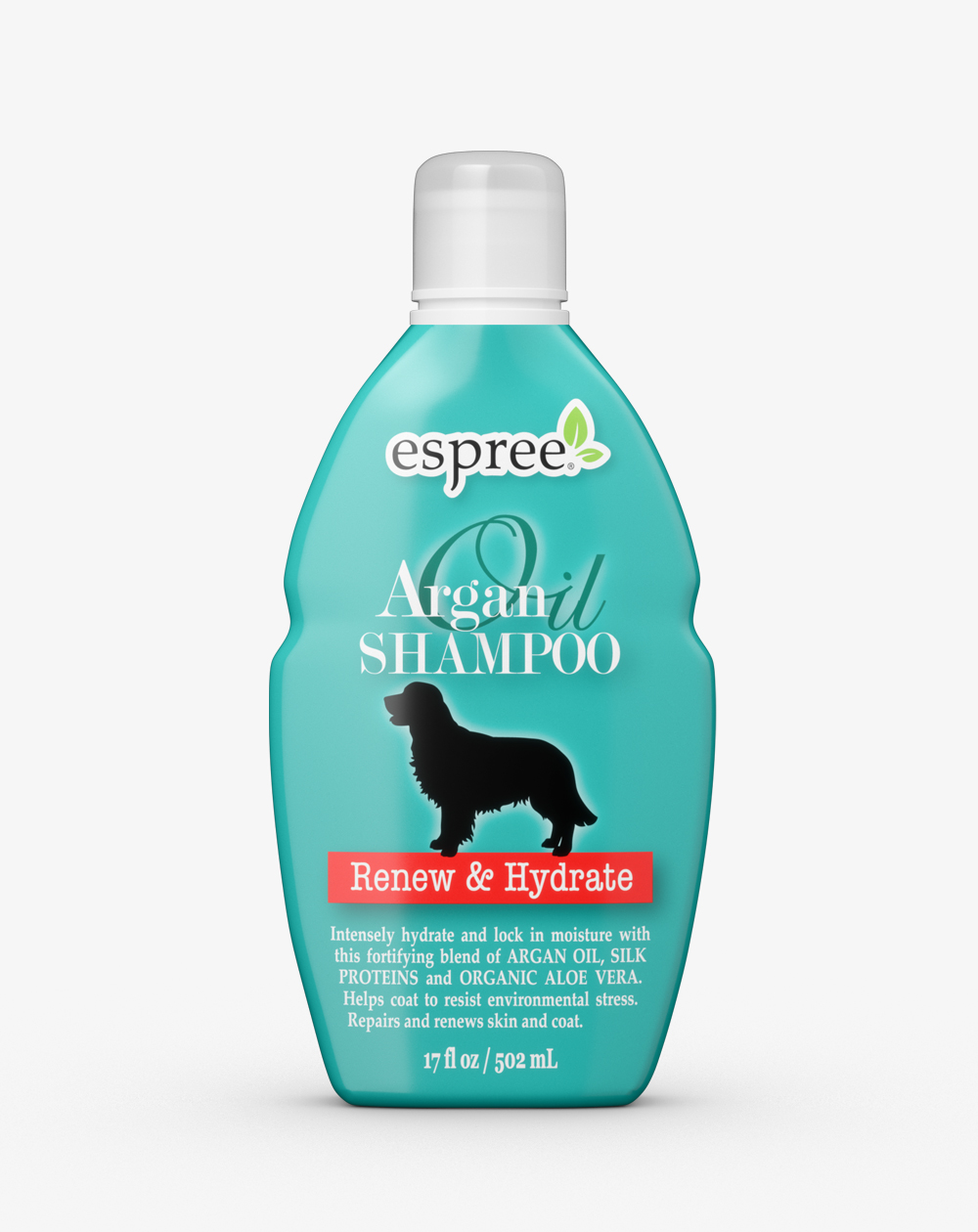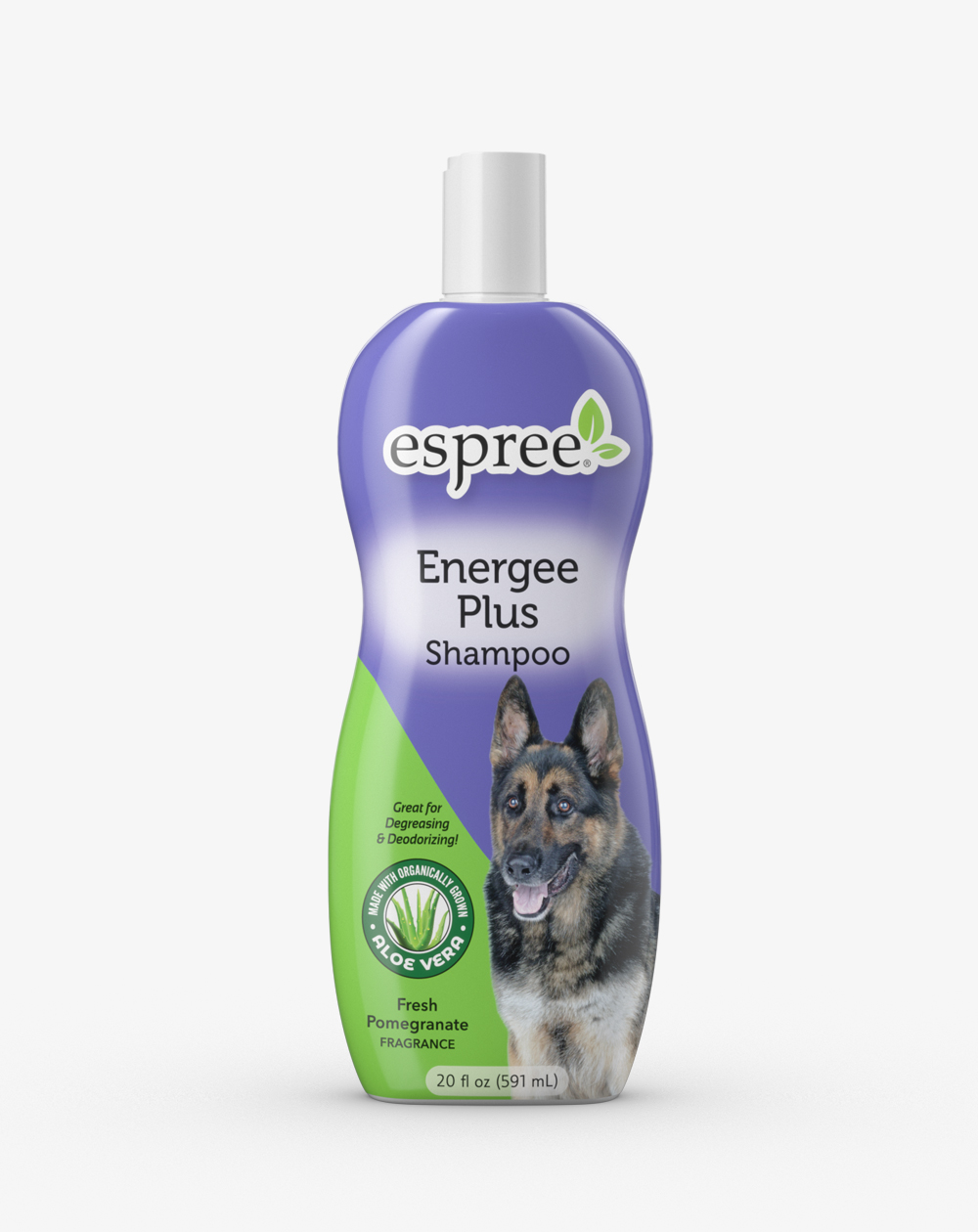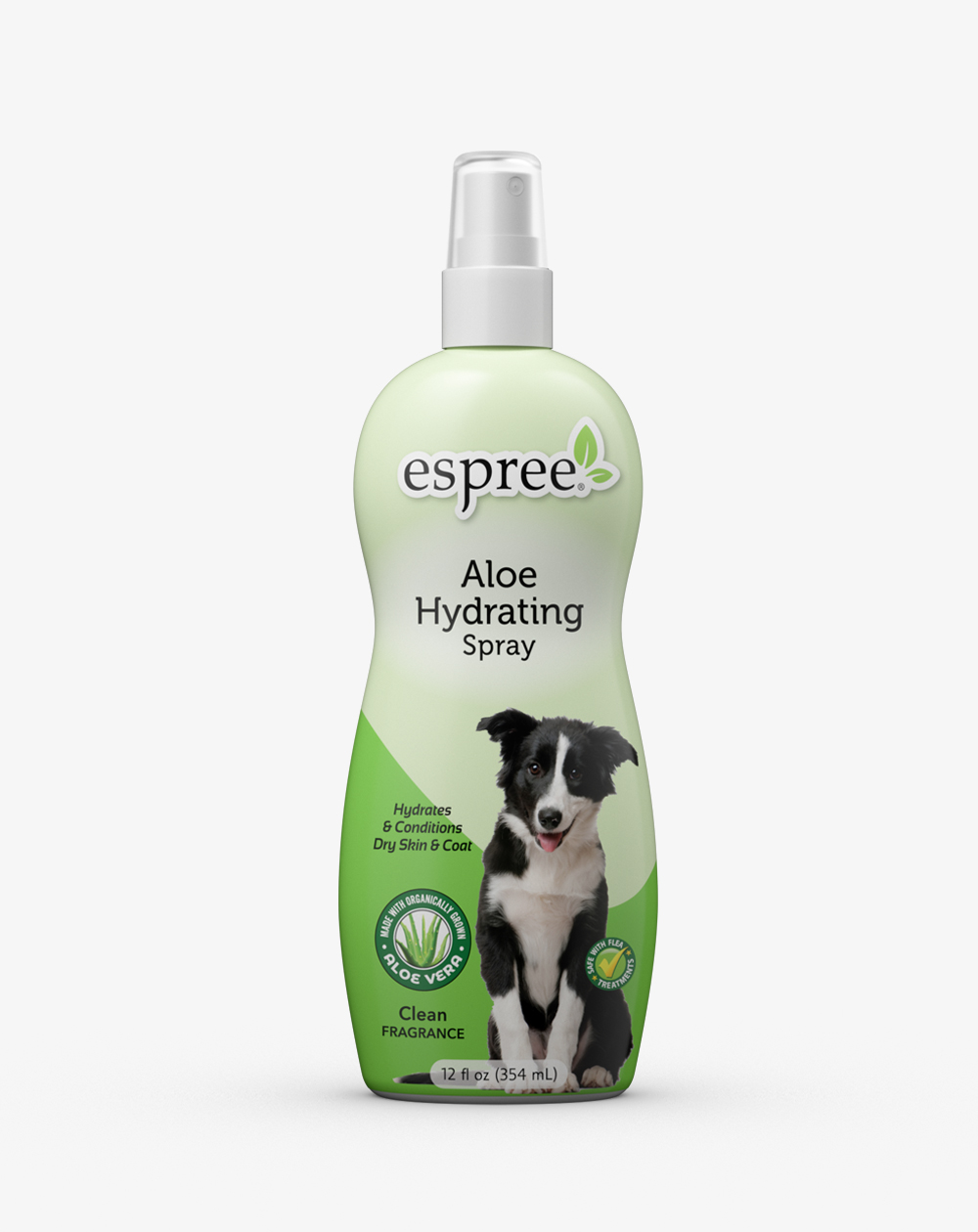
Neapolitan Mastiff
Unless you’ve been to Jurassic Park, you’ve never seen anything like a Neapolitan Mastiff. These majestic guardians of startling appearance are massive, powerful dogs. The U.S. Neapolitan Mastiff Club describes their dog’s head as “astounding”—and give them credit for hitting upon just the right adjective. The profuse hanging wrinkles and folds, and pendulous lips, make the Neapolitan Mastiff look like a marzipan Mastiff that’s been out in the sun too long. And yet, the breed’s inner dignity and nobility can only be described as beautiful.
Breed Profile
It’s fun inventing new ways to describe this astonishing dog but acquiring a Mastino should be the product of serious consideration. If you've read our pages devoted to other big protective breeds, you already know how important it is to apply firm training and socialization early, while the pup is still small enough to handle. Mastinos might not be a good fit for novice dog owners. But for experienced big-dog owners looking for something different, the Mastino is as different as it gets.
Grooming
The Neapolitan Mastiff does require regular bathing and grooming. This gentle dog can be bathed weekly up to every six to eight weeks depending on his activity level and lifestyle. With this short and dense coated breed, regular bathing is essential to minimize shedding and to maintain healthy skin and coat. Before bathing, it is recommended to go over the dog’s entire body with a high-velocity dryer to facilitate the removal of any loose coat, and to loosen any dirt and debris from this dense coat. If you do not have access to a high-velocity dryer, a slicker brush would be the next best option. Lightly card the coat to help accelerate shedding as well. Now, it’s bath time! Make sure to wipe out the facial folds using a facial and a soft cloth.
Finishing the Dog: Tools and Finish Grooming
They should be bathed and groomed on a regular basis in order to keep the coat in prime condition, the faces odor free with all of the facial folds, and to minimize shedding. Shedding is a natural process and cannot be stopped. Regular baths and blow outs along with brushing will accelerate the shedding process. It is always beneficial to use a hydrating spray after the bath and drying process. This allows the skin and coat to lock in moisture in order to maintain perfect hydration. As a finishing touch, before using the hydrating spray, use a grooming mitt and massage in a circular motion to stimulate the release of natural oils in addition to the removal of any loose hairs. Then finish with hydrating spray. Once the dog is dry, clip inside the ear using a #15 up to a #40 blade. Edge the ears using small safety shears keeping the tips of the shears toward the tips of the ears.
General Health Care
Prep work is the foundation of all grooming. Prep work includes ear cleaning, nail trimming, anal glands, and proper dental hygiene. Mastering these skills sets the professional pet stylist apart from the rest. Prep work should be done before every bathing and grooming appointment. All dogs need to have their ears checked and cleaned on a regular basis. Proper nail care is also very important. Long, unsightly nails are uncomfortable for the dog, as well as anyone they might jump on. Long nails also compromise the shape of the foot. Trimming the pads of the foot helps give the dog good traction on different surfaces and can minimize the amount of dirt the dog tracks into the house. It also affords the opportunity to treat and condition the paws from cracks and abrasions. Anal glands should also be checked and expressed if they are full. Some caring pet owners prefer to have the anal glands done by their veterinarian. Good dental hygiene is essential for a healthy pet as well.
Nutritional Care
In order to maintain healthy skin and coat as well as overall health, it is important to provide good nutrition to your dog through a well-balanced diet, vitamins, and healthy treats.
Do they require a lot of grooming?
They require minimal grooming. Routine baths and brush outs are recommended to minimize shedding and keep the skin and coat in good condition.
What are the common problems in the breed?
Some issues in the breed that are more common are Hip and Elbow Dysplasia, Gastric Torsion (Bloat), and Visceral Leishmaniasis (LV).
Do they shed or cause allergies?
They do shed year around. Frequent baths and blowouts will help accelerate the shedding process and help keep the skin and coat in good condition.
Are they good with children?
The Neapolitan Mastiff is loving and affectionate toward his family. His calm demeanor makes him a good companion for older children. However, the breed is not recommended for toddlers because of his size.
What if I have a show dog?
Whether you have a show dog or a companion dog, the same basic care is given regarding nutrition, socialization, and hygiene. The difference is the conditioning of the dog and conformation training. It is always quite helpful if your breeder can help mentor you to lead you in the right direction upon entering the wonderful world of dog shows. A great place to start is the United States Neapolitan Mastiff Club, www.Neapolitan.org




